How to future-proof a lifestyle block or farm with 6 design strategies
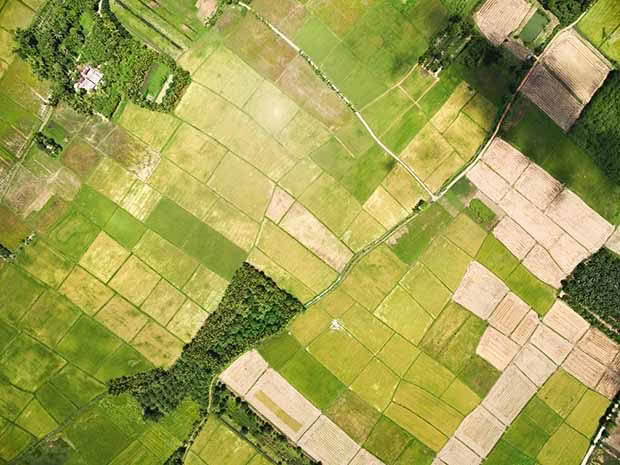
Here’s how to create a future-proof plan for your block that means you do it once and do it right.
Words: Sheryn Dean
I am a planner. Ask me what my life will be like in 10 years and I will tell you Plan A.
I say failure to plan is planning to fail. But that doesn’t mean plans are set in stone.
They can be added to, altered, or discarded. However, if you don’t know where you are going, you won’t get there. My block has been planned from the beginning. I asked a lot of people, did a lot of research, and received some good (and bad) advice. I spent some time on other, similar lifestyle blocks, looking at how they did their chores and had set things up.
I measured sun, noted wind, and scribbled on bits of paper, gradually forming an idea of what would work for me. Trees here, this size. Shrubs and gardens here, this big. Ducks here. Fences there and there, pig house here, barn there, gates here and here, drain through a bird forest down there. It was all in my head. After 10+ years of work, a lot of it is still in my head. I am often astounded that other people do not recognise the old boat and firewood stack as the enclosed heated swimming pool and tropical garden it is destined to be.
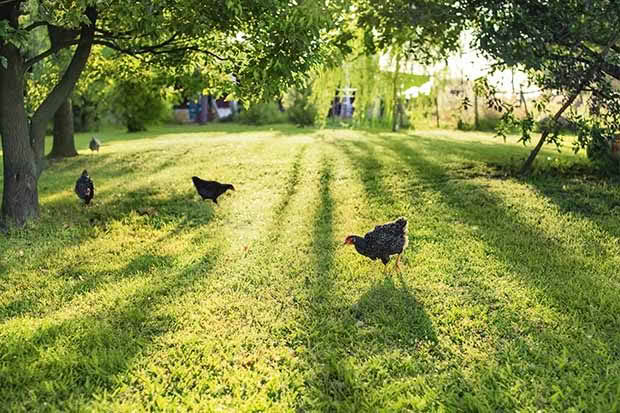
Over the years Plan A has altered. However, mostly it has come to fruition as I originally envisaged. When I’ve needed to take the next step, the gate is in the right place, the post is already there, no trees are in the way. Every step is forward, with nothing having to be redone or altered. This is why planning is important.
SHERYN’S TIPS FOR A GOOD PLAN
Make a wish list
This helps you to get started, and it’s the fun part. Make a wish list of what you all want, long term: the motorbike jumps and track, the horse arena, where you’ll sell your dried flowers, the humongous shed, the orchard, the privacy screen, the shelterbelts, the vegetable garden, the house etc.
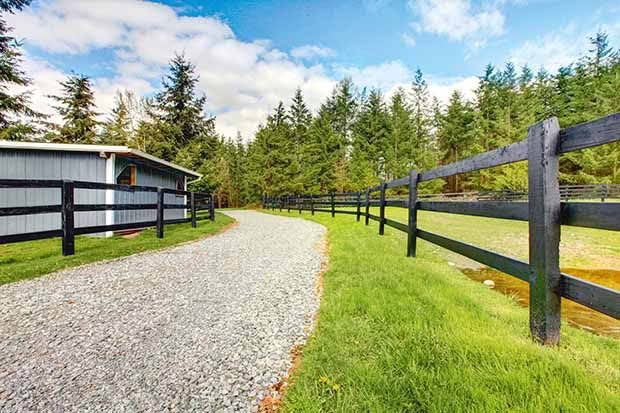
Design it
What is going to go where? Vegetable gardens and chooks need to be close to the house, a motorbike track needs to be far away. Orchards need to be where you pass regularly. Yards and loading races where a truck can get to further away. Leave space for the future studio, shed or separate accommodation that are maybe one-day-if-you-can-afford-it dreams.
You need to leave room to access these places too, like having a race beside the driveway. Does the landscape support that?
Consider your daily chores
You will do these every day. When it is raining. When you feel sick. When you need to be in town early. To make life as efficient as possible, group things that need tending daily together and keep them near the house. For example, you can burn the rubbish on your way to taking kitchen scraps for the pigs, and pick a lemon for the kitchen while you collect the eggs.
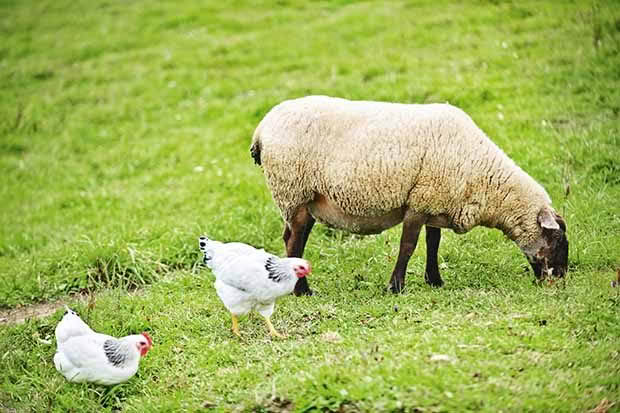
Prioritise
It would be nice to have everything yesterday. The reality is you need time and money. The beauty of having time but not enough money for instant infrastructure is that you take things one step at a time, giving plans time to gel. I don’t hold with the idea of living on a block for a year before you do anything. But there is an essence of wisdom in not rushing into everything and getting it wrong too. There is a balance between the two.
Here’s the process I’ve learned. I recommend you work through it, in this order.
ELIMINATE THE BADDIES
While you don’t want to put a bulldozer through everything, consider what you want to keep long term. If something needs to be removed, it is often easier to do it before you construct new sheds, gardens and fences or plant trees. I am the first to advocate the planting of trees, but they do have a life span. If you inherit an ugly old conifer shelterbelt, it’s going to need annual trimming and that costs money.
If you want to eventually replace it with a mixed, multi-purpose (and much more attractive) hedgerow, get the contractors in at the start and get it removed.
That way, you can do something like resurface the driveway and know it won’t get churned up by big trucks removing those trees in later years. The big machinery can easily move around without the need to remove a fence or two, or squeeze past the house. You can also chip up an old hedge and use the mulch to establish your new gardens.
CHECK OUT SHERYN’S BLOCK

1. DO YOUR BOUNDARIES
If you are going to have stock, boundary fences must be up to standard. This includes where it crosses drains and wet areas. Always have good boundary gates too, preferably lockable. Don’t compromise, patch it up or try to cut corners here. Boundary fences must be in good condition for the rest of your time on that land, so do it once and do it properly. Talk to your neighbour/s and get it sorted before wandering animals destroy goodwill.
Leave internal subdivision fencing for later. It is less important and may change as you discover the best vehicular access ways in winter or areas you can’t get to with the mower.
2. WATER
The security of supply and storage of water is essential. It can also be quite a large investment. The distribution of water lines also needs careful thought. All animals need water. You need an overall plan of where each animal will eventually be housed, where all subdivision fences will eventually be, where future sheds that might feed into the system are going to go. You’ll also need to know where your vegetable garden will be. Once you know, you can ensure your main water lines run in the right direction.
But what happens if someone leaves a tap on, or a pipe bursts, or an animal breaks a ball-cock? Should your secondary tanks be disconnected?
Should stock and garden water be on a separate system to your house? Will you have an alarm or a cut-off system? Over the years we have decided our main lines are best cable-tied to the second-to-bottom wire of the fence. The pipe withstands exposure to frost and sun better than it survives being cut underground with shovels and spades. I know exactly where the buried lines are, but I’ve had fewer leakages/accidents from the above-ground lines.
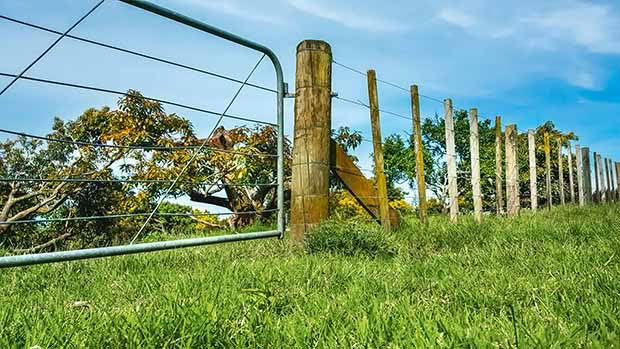
3. FENCES MAKE GOOD NEIGHBOURS
Neighbours are liable for half of the cost of an ‘adequate’ boundary fence. In most rural situations this is a standard 7-wire post and batten fence. However, it is best to discuss this and decide on a mutually agreeable fence and work out the cost before you start anything. There are always exceptions where you’ll negotiate. For example, if a boundary is across a flood plain, you might want to do a three-wire fence with no battens. If you or your neighbour have different livestock – they have cows, you have goats – you will need to compromise on wire vs mesh.
4. TREES
They are not exactly plant-and-forget, but trees are low maintenance once established and will carry on growing while you focus on other things.
The sooner nut trees, orchard trees, and shelter trees are planted, the better. Plant them well, with fertiliser, water retention crystals, rabbit and wind protection, and mulch well. Release them from overgrowing weeds and long grass in spring and autumn and they’ll carry on growing while you’re busy with other work.
5. MAKE YOUR DREAMS COME TRUE
Choose one thing to focus on at a time and work on that until you are comfortable with it, routines are well established, the infrastructure constructed, and it is all sorted. Then take on the next one.
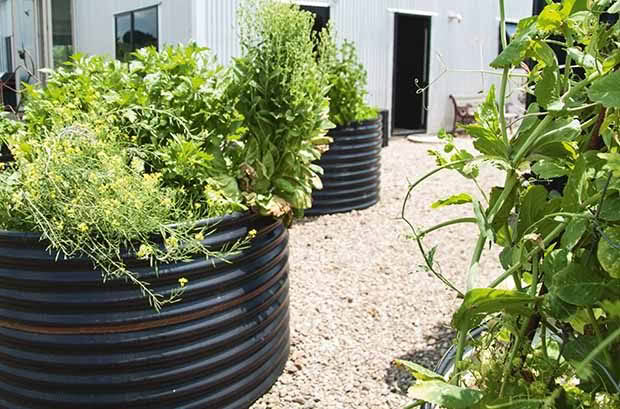
These raised vegetable beds are right outside my back door. A security light allows for night-time harvesting. I like to pick my vegetables fresh and am often out with the salad bowl while the potatoes are cooking.
If you dream of raising calves, having chickens, and putting in a vegetable garden, don’t try to do everything at once. You will get overwhelmed.
Do your research, choose your breed/plants, source animals from a quality line, design and construct your housing/fencing/raised beds, get your feeding/compost systems, routine and rotation organised, work out how to harvest and process the results and get really comfortable with it all. Then take on your next project.
My priorities were (in this order):
• orchard
• milking cow
• house
• raising calves for future beef
• establishing vegetable gardens
• poultry for eggs and slug control
• sheep to keep the grass under control
• pigs to eat
• extending the vegetable gardens
• bees for honey
• planting up the paddocks
• a tropical garden/greenhouse
Some things took almost a year to get organised. Some things I’ve learned along the way (should have planted more nut trees earlier). I am still dreaming of more sheds, fences, water troughs, and gardens. But the routine jobs of feeding and moving stock, and harvesting and processing food can be done efficiently and effectively.
PLANS FOR KIDS
If you have bought a block because you want to raise your children in a country environment, they need to own it too. There may be 100 things on your wish list, but some are only going to be used for a short period of time. This applies especially to your children’s dreams. Children can work for it, take responsibility for it, and in return reap the rewards. Having their own patch in the vegetable garden and an animal is, I believe, a very important part of growing up.
You learn a lot of lessons from both. If their wish is a pony, a tree hut, a dog, or a bike track, remember they are only going to use it for a few years before heading out into the world. Prioritise their dreams so they can enjoy them before they go.

3 WAYS TO BE FLEXIBLE
Get some panels (or gates) to fit together into a pen.
Ideally, panels would have been sized to fit my trailer as I often cart livestock. I’ve used them to:
• house guinea fowl until they settle in
• as a pen for piglets when they first arrive
• for ducklings that need to be kept separate
• for meat chickens so the others don’t scoff all their feed
• for the pet lamb on the lawn
• as a pen to shut the ducks away at night when they are laying so I can collect the eggs.
There would have been 101 other uses throughout the years.
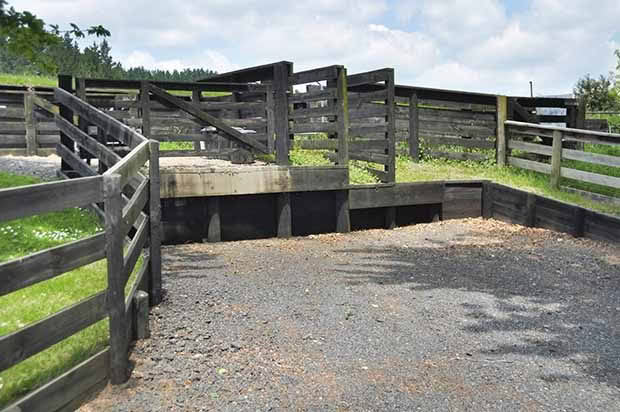
A loading bank, truck-loading ramp, trailer-loading ramp and gate through into my next-door neighbour’s yards which line up alongside the driveway. It also serves as a turning bay or carpark when our gates are closed. Behind is a small yard for killing or shearing, with a short race for working stock.
Have good yards
The permanent stockyards are high enough for cattle, but the gaps are small enough to keep pigs and sheep in and they are used for all.
Think multi-purpose
The cowshed is seasonally the calf-raising shed, milking shed and hay shed. Occasionally its duties overlap and things get a bit crowded, but never for long.
Love this story? Subscribe now!
 This article first appeared in NZ Lifestyle Block Magazine.
This article first appeared in NZ Lifestyle Block Magazine.
